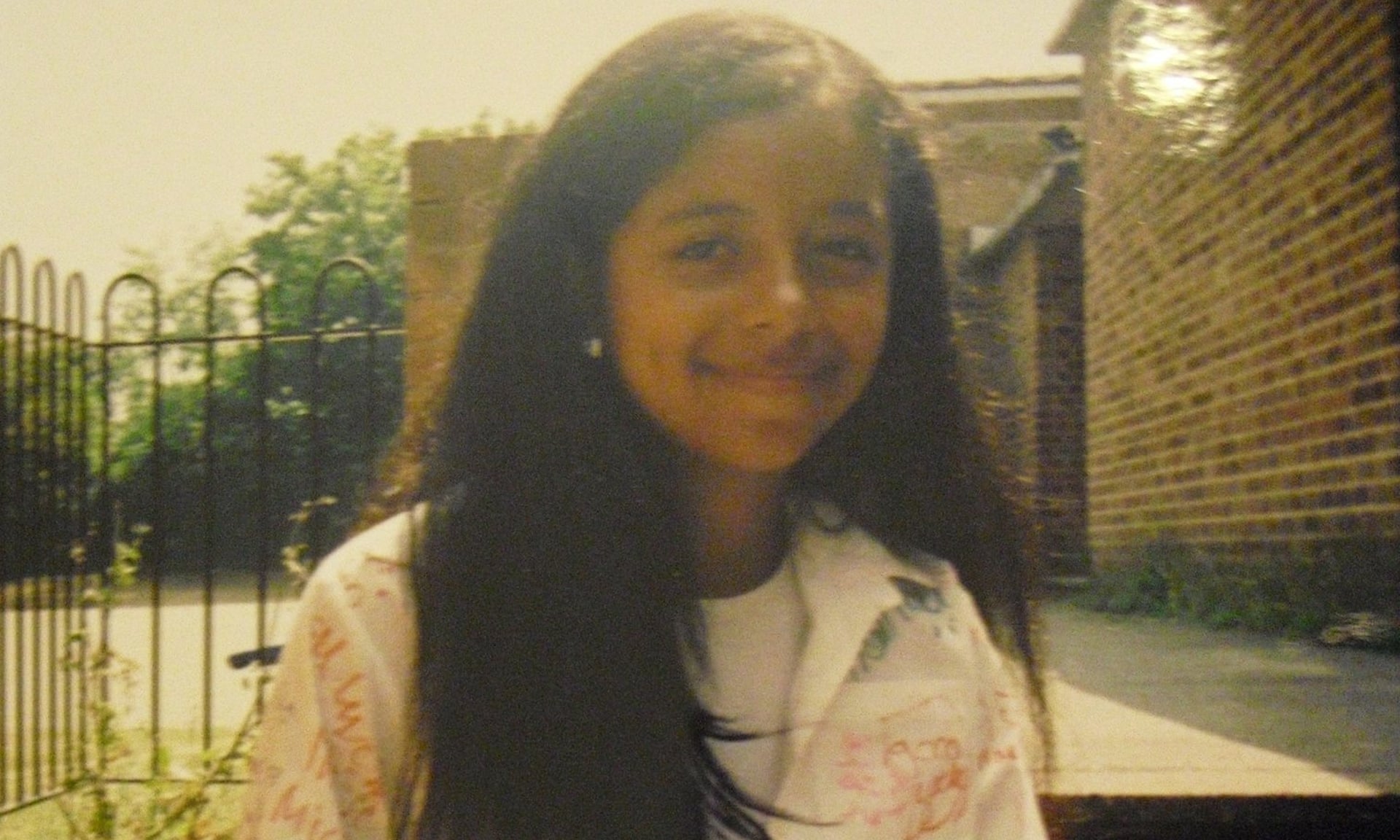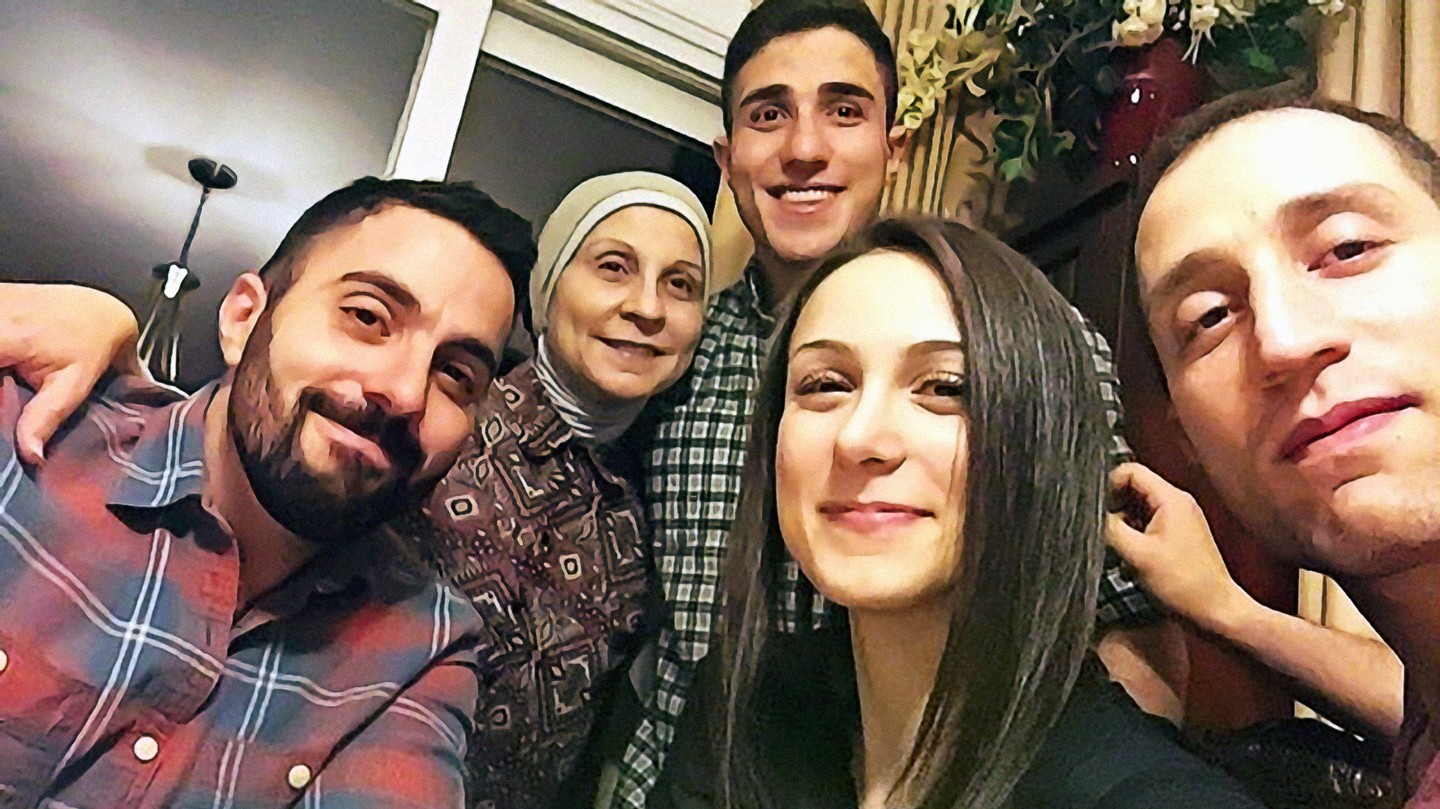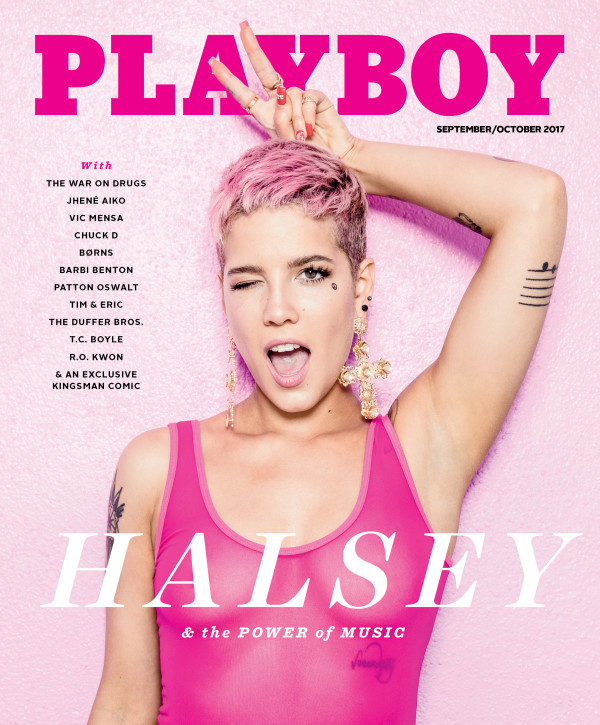A moment that changed me: realising I was blackPosted in Articles, Autobiography, Media Archive on 2017-08-24 01:22Z by Steven |
A moment that changed me: realising I was black
The Guardian
2017-08-18
Micha Frazer-Carroll, Founder and editor-in-chief
Blueprint
 ‘Mixedness feels rich, full, and multifaceted.’ Photograph: Micha Frazer-Carroll |
I always thought I was mixed race until someone at school called me black. That started me thinking about racial identity
“A ‘black girl’. How weird is that?” I laughed. I’m met with silence from my mum’s side of the dinner table.
“It’s not weird. It’s what you are.”
Like one million other people in the UK, I’m mixed race. Up until I was a teenager, I’d never considered I could be anything else.
It’s year 8 – I’m probably about 12 or 13. The day hasn’t been hugely out of the ordinary, but something had happened earlier that made me feel a bit odd. For the first time in my life, I’ve been referred to as “black”.
Sitting down to dinner that night, as a unit, my family look like a sort of Pantone colour chart of milky beige to deep brown; my mum’s black, my dad’s white, and me and my siblings are various shades of in-between – who’s darkest generally depends on who had been playing in the sun the longest. We exemplify the sort of image of modern Britain that was particularly prevalent during the run-up to the London Olympics. Despite the day’s confusion, early-adolescent me knows one thing for sure: while I am proud of my ethnicity, and being half black, I am not black, I am mixed race. Both parts are equally important to my identity. Mum is visibly getting a bit agitated now. “Most people don’t see that. Above all, you’re black.”…
Read the entire article here.




